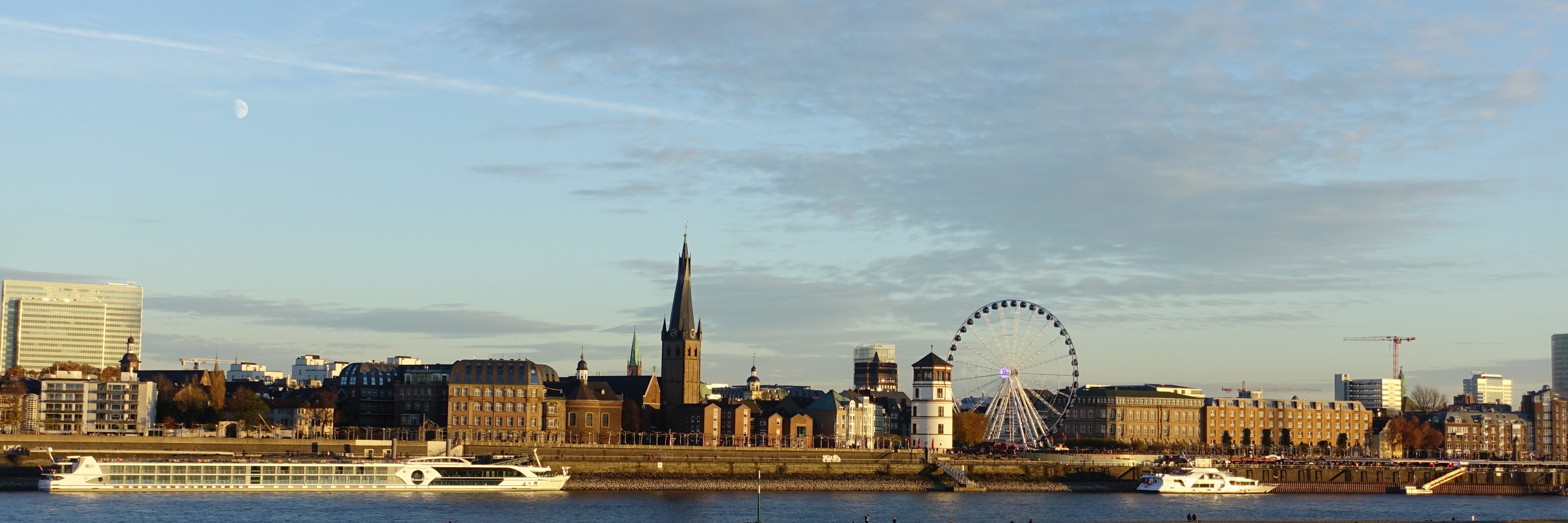
Someone writing in a journal which calls itself a “topology of unstable confluences” meditates on, well, something having to do with rocks. Probably.
The love of stone is often unrequited.
An intimacy of long unfolding fails to be apprehended, and the story concludes in familiar solitudes, human exceptionalism and lithic indifference. Withdrawal and remoteness are inevitable themes within any romance of stone, since rock outlasts that which it draws close, that which draws it close, that to which it is strangely bound. Humans respire, reproduce, invent, desire and dream. The lithic inhabits the secret interiors of the earth. What could be more cloistered? Inorganic, nothing like the familiar animals we conditionally welcome into community, an everyday material that surfaces blunt rebuke to assimilation, stone remains aloof. Yet a mutuality is always possible, some narrative of companionship and concurrency. This essay maps geophilia, a pull, a movement, and a conjoint creativity that breaches ontological distance. Even if born of a general principle of matter, geophilia’s mobility and clasp possess their own rocky effects, in the quadruple sense “effects” carries of aftermath, agency, production, and belongings. An elemental geophilia surely exists outside human experience. Yet to us nonlithics, its force will be most evident in the relations that enmesh us over long scales of time and in the “storied matter” these confederations of the human and inhuman divulge.[1]
Monstrous child of the meeting of incompatible scales, queer progeny of impossible taxonomic breach, geophilia is the lithic in the creaturely and the lively in the stone. Humans walk upright over earth because the mineral long ago infiltrated animal life to become a partner in mobility. Vertebral bone is the architect of motion, the stone around which the flesh arranges itself to slither, run, swim and fly. Had the organic not craved durable calcium as shield and conveyor, numerous types of sedimentary rock would never have arrived. A common mode of petrogenesis (creation of stone) unfolds when tiny ocean dwellers settle in their mortuary billions to the subsea muck. Limestone is a thick cemetery of mineral that had become animal now become rock again. Propelled by slow tectonic force upward into cliff and mountainside, limestone might be quarried to build a radiant carapace under which humans pray, govern and make purchases. The whorls and coils of unfamiliar sea life such stone divulges have fascinated masons since at least Neolithic times. We create art with stone because we recognize the art that stone discloses: fossils, a museum of strata, lustrous veins and faceted radiance. We think and reckon with stone, primordial invitation to extended cognition (calculus is the Latin word for small stone, an essential component of an abacus). With its keen heft we compose and kill. From rock we construct graves, memorials, and dwelling places to endure long after we become earth again. In its aeonic endurance we discern something ardently desired, something ours only through alliance. Stone is devoid of neither life nor love, even if it questions what we mean when we use those terms to enclose a small world.
Expansive, dilatory, recursive, semicyclical from a long perspective, full of residuum, temporal intimacies, intermixed strata, geophilia entwines the modern and the ancient, the contemporary and the medieval, the primordial with expansive futurity.










